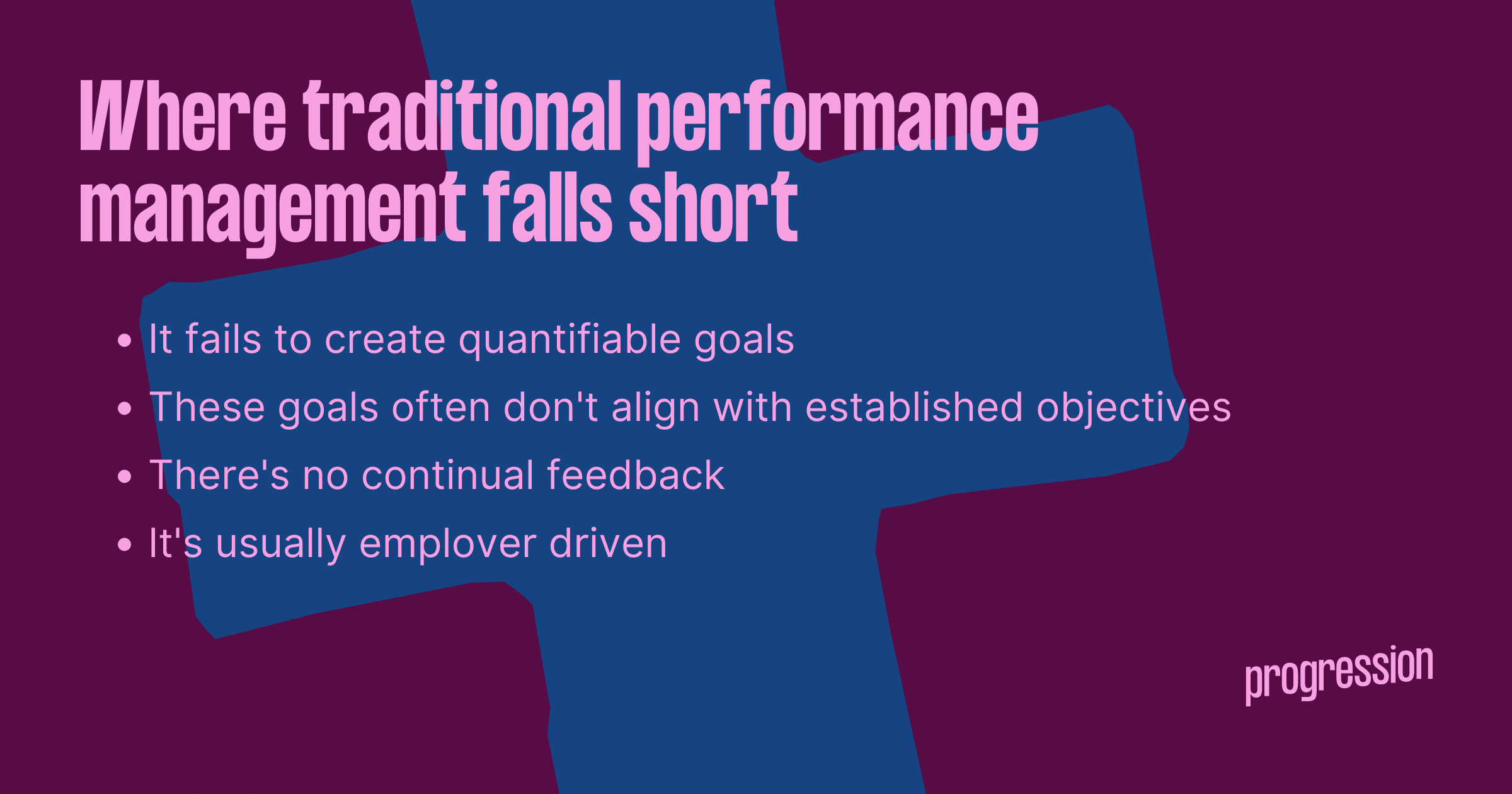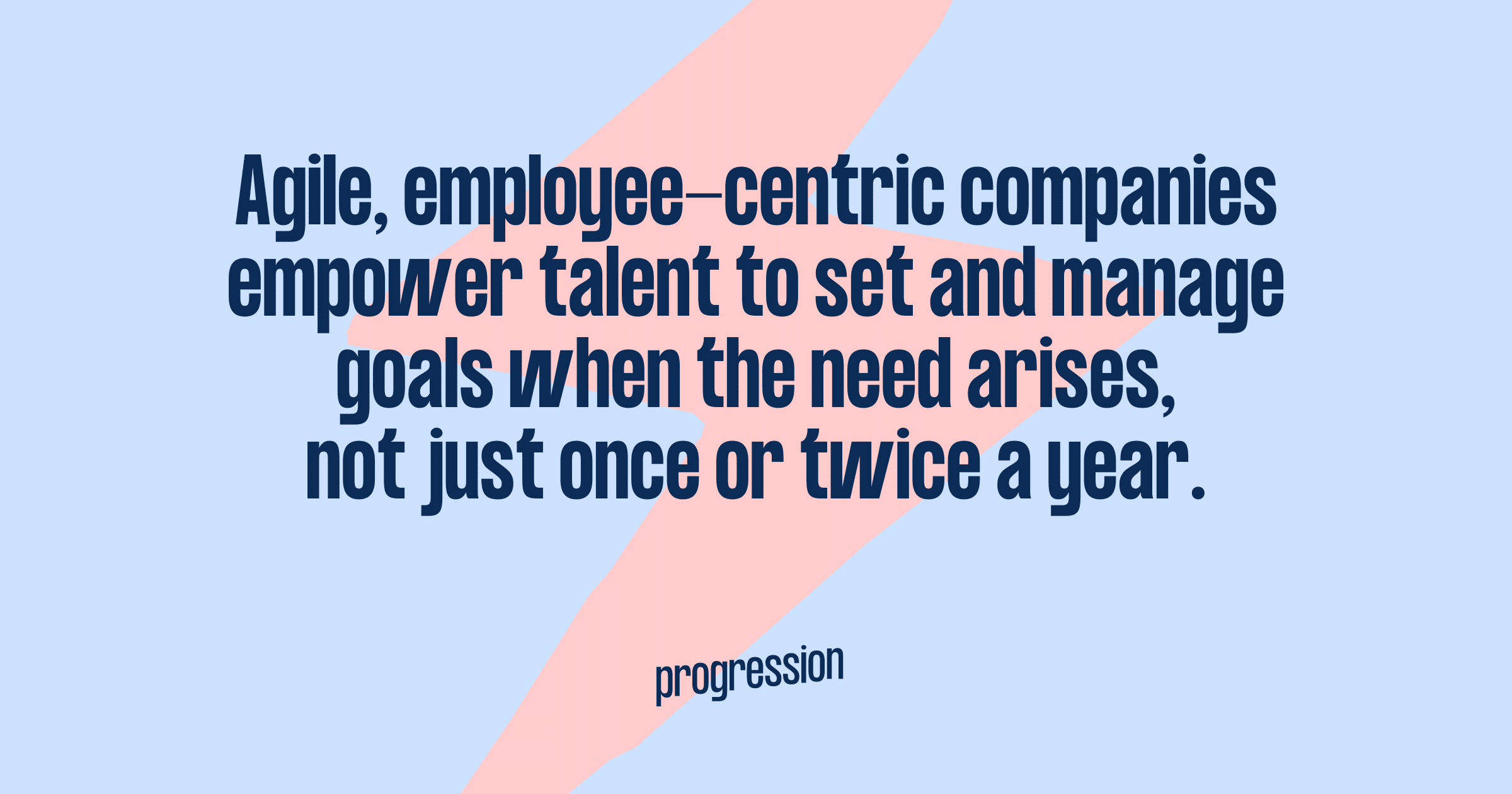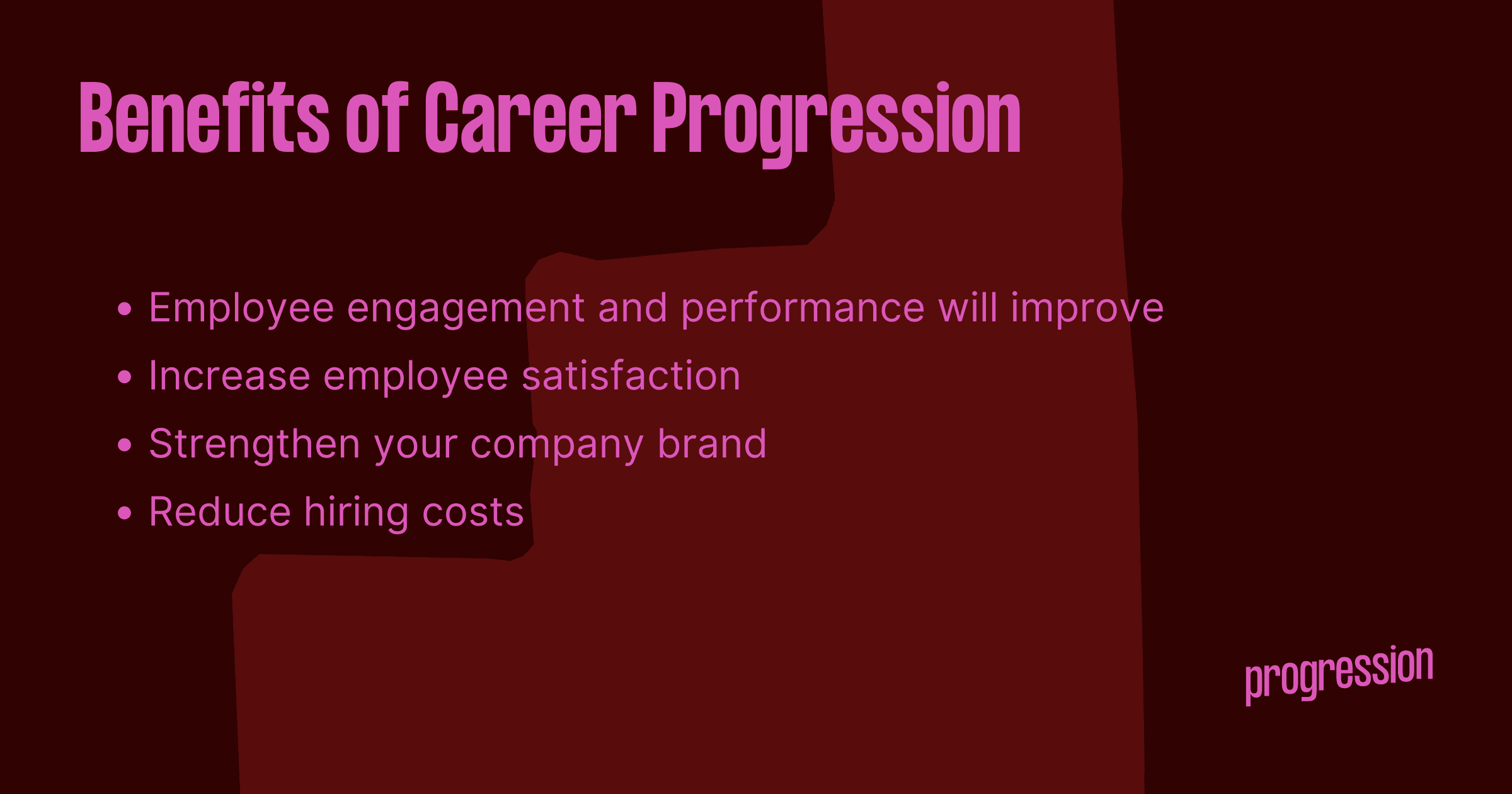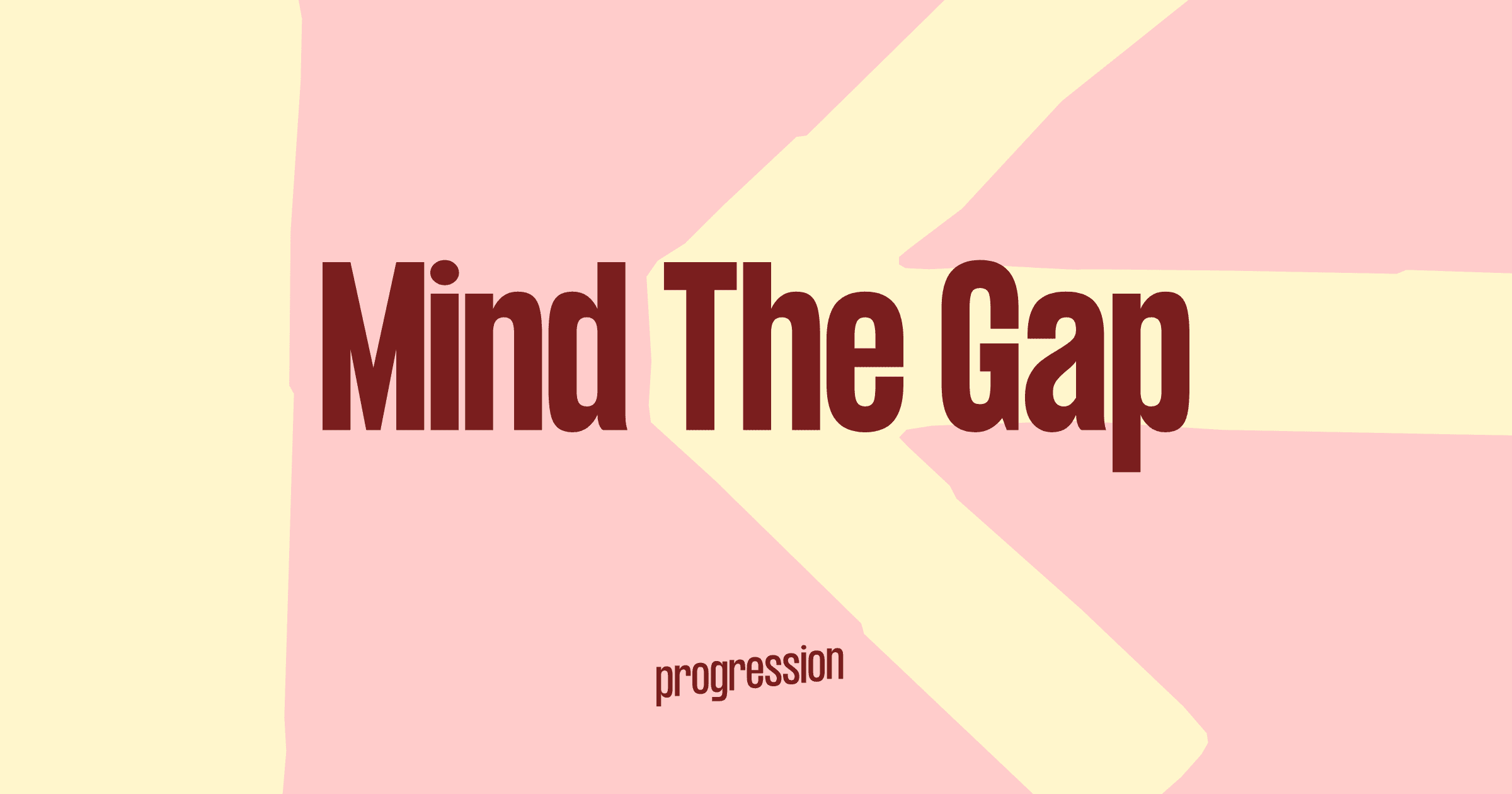Many HR directors believe that having collaborative technology in place to enable agile learning and development is the most important factor in hiring and retaining top talent. Eighty-eight percent of employees actually look for this in new positions.
Yet when it comes to career development, the industry is lagging as companies worldwide continue to undergo archaic performance management approaches (think: annual reviews). Meanwhile, top talent is heading over to companies that understand the value of career development.
You might think: Are they all that different? Am I really losing out doing performance management over career progression?
This is where we can help. We’re here to clarify the difference between career progression and employee performance management and why bridging the gap between the two is necessary for employment success.
What is employee performance management?
With employee performance management, your company lets employees know how they’ve been doing within a specific time frame, usually as quarterly or annual reviews.
The overall goal is to help employees pick up the slack where they’re falling short in order to achieve personal and professional goals.
(News flash: Using infrequent check-ins to touch base and set a new salary isn’t helping to create a more open environment between management and employees. Not to mention the slew of other cons…)
The drawbacks of traditional performance management

The way we see it, there are a few fundamental issues with traditional employee performance management, including:
Failure to create quantifiable goals
When your company establishes subjective goals (as in, “comes to work with a positive attitude”), there’s way too much room for interpretation. Too much room for interpretation = no room for measurable improvement.
One strategy for a better performance review process is to create specific, measurable, achievable, relevant and time-oriented (SMART) goals. However, that will only get you so far as traditional employee performance management is still a very one-sided venture…
These goals often don’t align with established objectives
Along the same lines, when your entire company is based on a review system that’s meant to tick off boxes, it’s almost impossible to create individual or department goals that align with company objectives.
Think about it. Your company’s objectives are an afterthought if you don’t hold space to discuss them on a regular basis. There’s simply too much to cover all at once.
And six months post-meeting (heck, even just three months), your employees may have already forgotten what exactly they’re working towards and why.
There’s no continual feedback
Traditional performance management occurs infrequently. This means there isn’t continual goal setting and measuring throughout the year.
This lack of frequent performance management leaves a lot to be desired in terms of employee development. Agile, employee-centric companies empower talent to set and manage goals when the need arises, not just once or twice a year.

Performance management is usually employer driven
Easily the biggest downside to employee management is the fact that it’s often employer driven.
This means employees don’t have a say in its execution nor what they’re being measured on. Plus, they’re essentially kept in the dark and just handed the results when it’s their time (again, this could be quarterly, bi-annually, annually, whatever).
Taking things further, employees’ best work is often invisible to the manager because (surprise surprise) they’re not the ones initiating the reviews. There’s no conversation happening between the parties involved, and the manager’s view on things is often the final say.
It’s frequently focused on the past
Traditional performance management is usually focused on past employee behaviours, achievements, etc. They focus on what was done well since the last review and what needs improvement.
Being stuck in the past doesn’t help employees improve in the present, nor does it give them much to go off of to plan for the future.
It’s regularly focused on appraisal
Last but not least, employee performance management is regularly focused on appraisal. Employees feel like they’re being judged for their wrongdoings over the past year, instead of being coached on how to improve.
Being supportive and encouraging rather than disapproving will help turn review time around for the better.
What is career progression?
Career progression is about holding space for your employees to have honest, regular discussions on their role, performance and opportunities available to them.
Allowing time for these regular check-ups not only helps them get clarity on their current position, but it also helps them see where they’re headed in the future. And they actually have a say in it. It can take the form of manager check-ins, mentoring, coaching, training and more.
One way in which many companies navigate these necessary discussions is with a career progression framework. Frameworks explicitly show you an employee’s strengths, where they could use some help and what they need to do to progress in their career.
Moreover, the framework isn’t linear. Employees can see what it’d look like to move laterally or cross-functionally as well. This makes it easy for them to benchmark themselves and see which of their skills are transferrable to other departments and roles within your company.
(Important note: Improving your team’s progression isn’t actually about the framework. It’s about starting a conversation. And that conversation is often better navigated when there’s structure.)
Benefits of career progression

Getting into the habit of career progression is a win-win. Here’s why:
You’ll have better employee engagement and performance
Career progression gives employees a sense of direction in their professional journey. They also have greater responsibility and can rest assured that they’re developing the skills and knowledge needed to advance in their career.
This makes them feel supported by their employers, and when employees feel supported by their employers, they’re more engaged and productive.
As in, you invest in them. They’ll invest in you.
Improve employee job satisfaction
There is also increased transparency in career discussion and evaluation in addition to a shared definition of development plans for employees. Because they feel like they’re taking part in their own career and actually growing, they’ll be more satisfied working with you.
As a matter of fact, growth is one of the main reasons for job satisfaction and why employees stay.
Strengthen your company brand
According to SHRM, organizations that don’t invest in employees’ career development lose employees to their competition.
Differentiate yourself and strengthen your company’s brand simply by empowering your workers’ career paths. You can even make career progression part of your employer branding strategy so you can attract better talent, cut down on hiring costs and reduce turnover (more on this below!).
Reduce hiring costs
In the same light, you’ll also reduce hiring costs because career progression enhances engagement and loyalty among employees. (Remember that total costs associated with turnover range from 90-200% of an employee’s annual salary.)
In general, providing identifiable career paths in addition to coaching and mentoring employees is an important aspect of retaining your team members.
Plus, having a career progression plan in place lets you see when to move your employees into new roles that fit their newly developed skills and competencies developed over time.
Bridge the gap with career progression
Don’t think of career progression as a replacement for traditional employee performance management approaches.
When combined with a strong performance management strategy, career progression helps your organization create a process where employees feel empowered and engaged to work toward personal and company goals, thus helping you reduce turnover costs, achieve business objectives and more.
Because the truth is, career development opportunities are here to stay. If your company wishes to keep up with the times and attract and retain top talent, bridging the employee performance management gap with career progression is the answer.
Got more questions about career progression? Don’t worry. We have answers. Here’s a compilation of HR’s FAQs about career progression. Happy reading!






